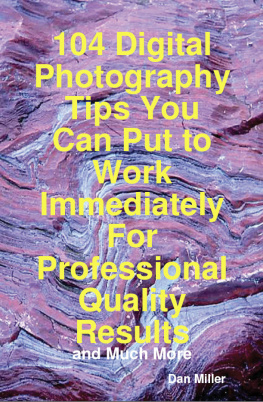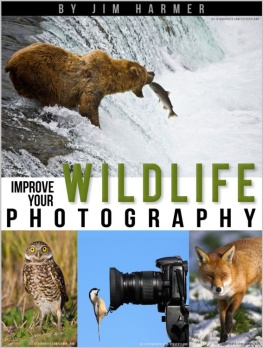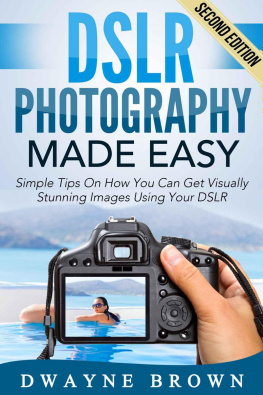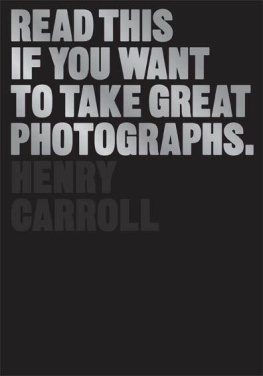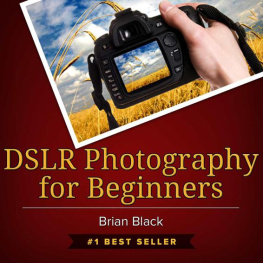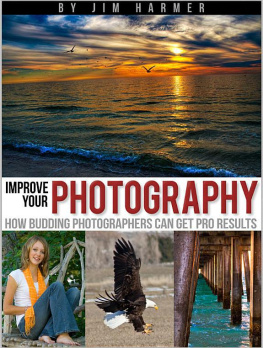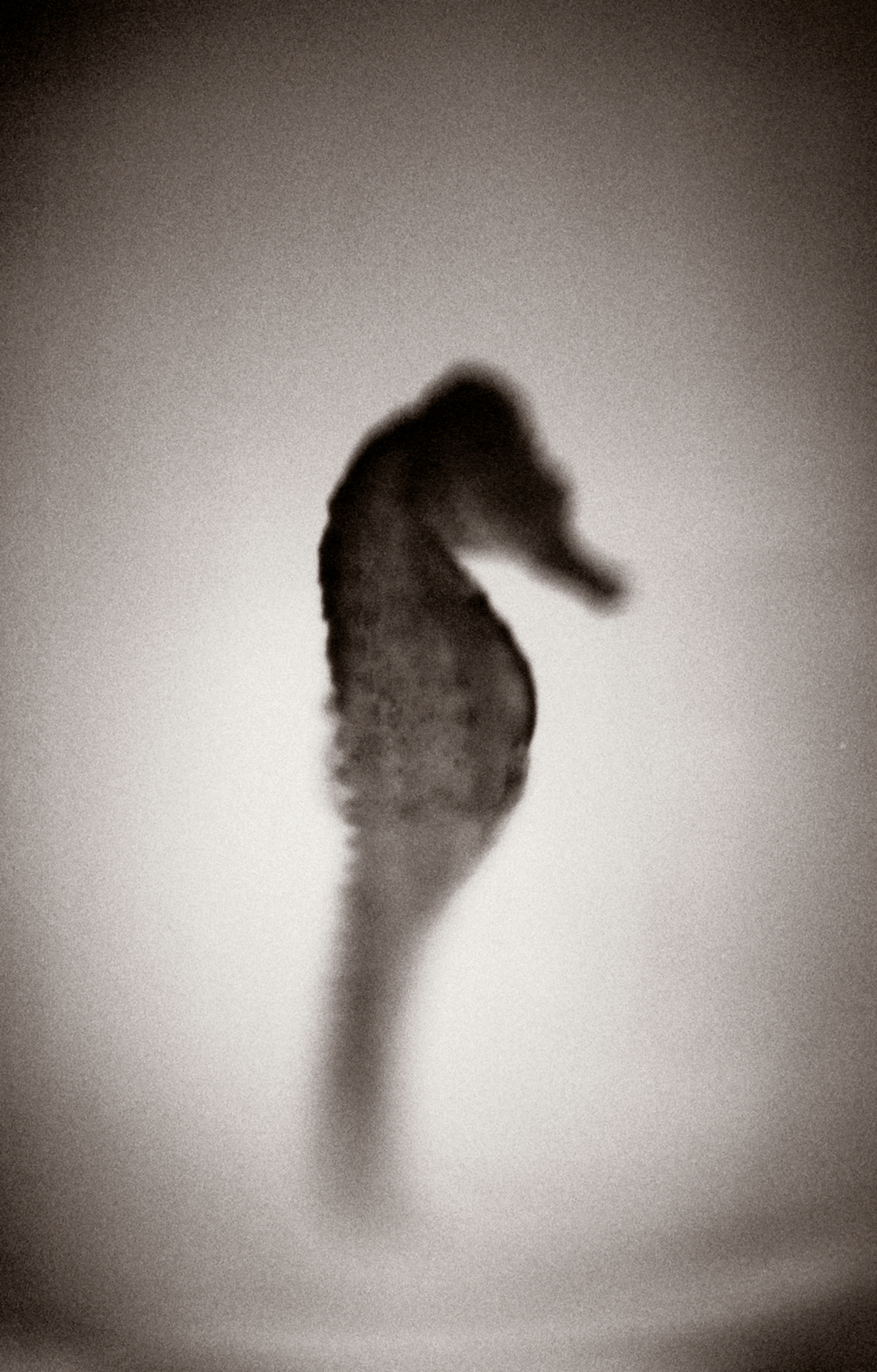Henry Horenstein - Make Better Pictures: 100 Tips to Improve Every Photograph You Take
Here you can read online Henry Horenstein - Make Better Pictures: 100 Tips to Improve Every Photograph You Take full text of the book (entire story) in english for free. Download pdf and epub, get meaning, cover and reviews about this ebook. year: 2018, publisher: Little, Brown and Company, genre: Home and family. Description of the work, (preface) as well as reviews are available. Best literature library LitArk.com created for fans of good reading and offers a wide selection of genres:
Romance novel
Science fiction
Adventure
Detective
Science
History
Home and family
Prose
Art
Politics
Computer
Non-fiction
Religion
Business
Children
Humor
Choose a favorite category and find really read worthwhile books. Enjoy immersion in the world of imagination, feel the emotions of the characters or learn something new for yourself, make an fascinating discovery.

- Book:Make Better Pictures: 100 Tips to Improve Every Photograph You Take
- Author:
- Publisher:Little, Brown and Company
- Genre:
- Year:2018
- Rating:4 / 5
- Favourites:Add to favourites
- Your mark:
Make Better Pictures: 100 Tips to Improve Every Photograph You Take: summary, description and annotation
We offer to read an annotation, description, summary or preface (depends on what the author of the book "Make Better Pictures: 100 Tips to Improve Every Photograph You Take" wrote himself). If you haven't found the necessary information about the book — write in the comments, we will try to find it.
Henry Horenstein may be the worlds bestselling photography teacher, with more than 700,000 copies of his photography manuals sold. Now, in this easily digestible book of wisdom, he distills a careers worth of instruction into one hundred memorable pieces of advice.
Photography has never been a bigger part of our lives. But how do you transform everyday snapshots into enduring images or merely upgrade your Instagram game? With images illustrating the impact of each tip, and with examples drawn from iconic artists, Horenstein shows casual and expert photographers alike how to take the best photographs on every devicefrom a DSLR to an iPhone.
Henry Horenstein: author's other books
Who wrote Make Better Pictures: 100 Tips to Improve Every Photograph You Take? Find out the surname, the name of the author of the book and a list of all author's works by series.



